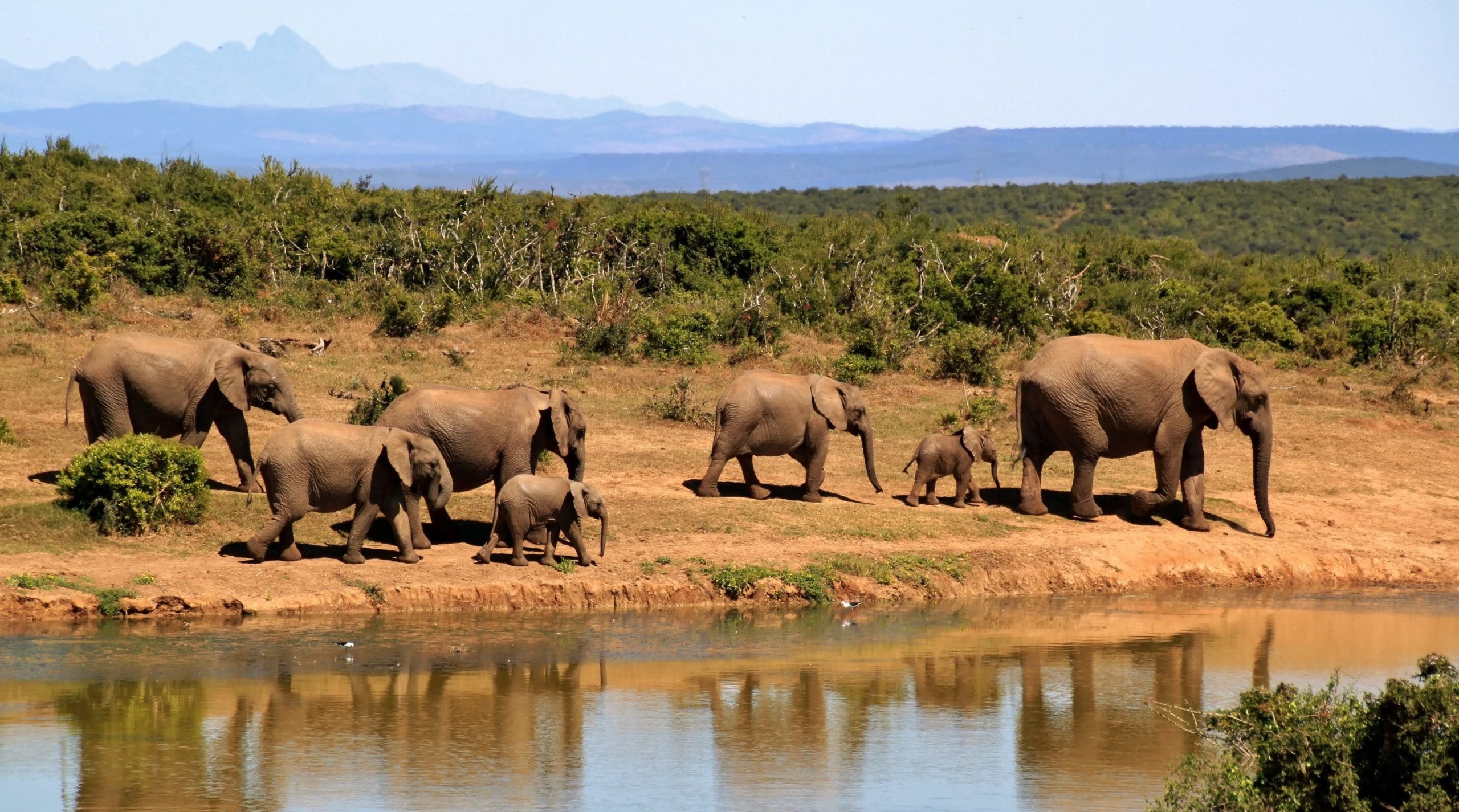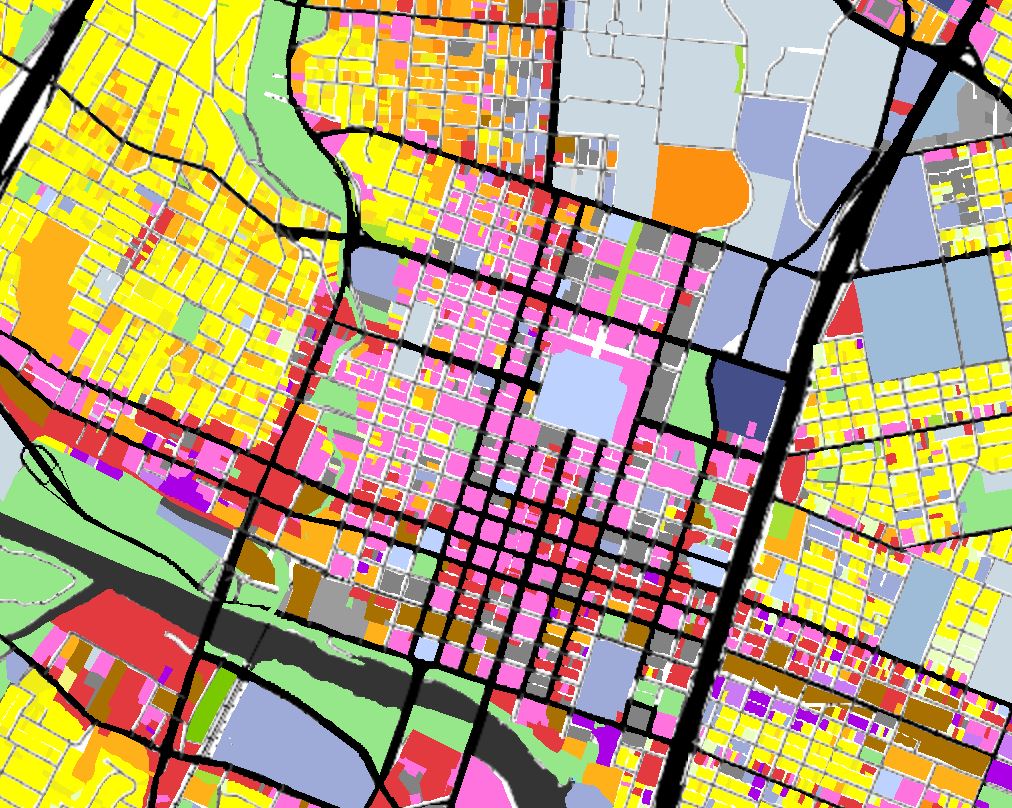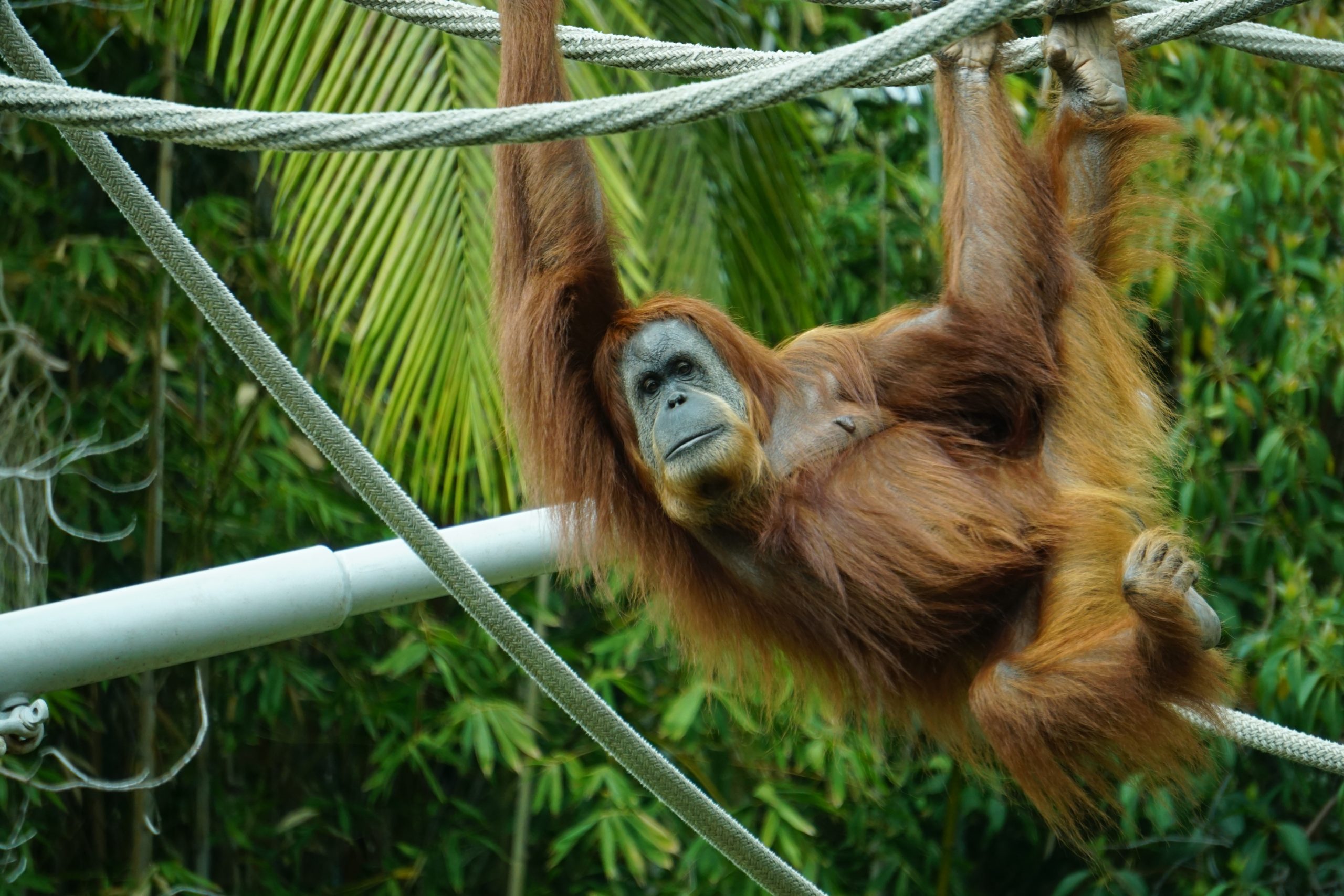Ex situ conservation and in situ conservation are two important strategies that are used to protect endangered animals and plants around the world.
Yet, despite their similar-sounding names, they are fundamentally different in how they approach conservation.
While both ex situ and in situ conservation are a means to protect endangered animal and plant species, there are some pretty significant differences between the two.
In that respect, ex situ conservation is a strategy for protecting animals and plants in a man-made environment while in situ conservation is a strategy for protecting them in their natural environment.
Similar to some conservation methods used for cultural heritage, ex situ conservation protects endangered animals and plants from the threat of extinction by keeping them in a controlled environment. Conversely, in situ conservation protects endangered animals and plants from the threat of extinction by allowing them to live naturally and undisturbed.
In both cases, the intention is to give the endangered animals and plants a chance to increase their numbers and eventually repopulate their natural habitat.
Let’s compare the pros and cons to see which one is more effective.
When you finish the article, be sure to check out our blog or web mapping applications.

Ex Situ Conservation
As stated above, ex situ conservations’ primary goal is to protect endangered animals and plants from the threat of extinction by taking them out of their natural environments and putting them into a controlled environment.
And, lucky for us, there are a number of organizations — such as zoos, botanical gardens, wildlife refuges, and aquariums — that have the resources and space to take in endangered species.
Ex Situ Conservation – Advantages and Disadvantages
If done correctly, ex situ conservation can eventually lead to the reintroduction of species into their natural habitats — but it’s not a perfect solution and there are no guarantees.
Depending on the species of animal or plant, ex situ conservation may not make sense and may actually hinder the survival of the species.
In some cases, ex situ conservation may be more or less a permanent solution, while in others, it may be a stepping-stone toward reintroduction to the wild.
In any case, ex situ conservation is a useful tool in the conservationist’s arsenal but the advantages and disadvantages must be weighed carefully before making a decision to pursue it.
Benefits of ex situ conservation
- New reproductive technologies will maximize the probability of reproductive success for endangered species.
- Human intervention has made it possible to monitor the health of organisms and help is always near when needed.
- There are thousands of zoos, botanical parks, and gene banks, all of which are working to conserve endangered species.
- Organisms are well-attended to and provided with everything they need to thrive. This results in a longer and more productive life.
Advantages of ex situ conservation
- It protects endangered species from external threats like predation and poaching.
- Processes — such as selective breeding — are able to be utilized.
- It has the potential to reintroduce several organisms back into their natural habitat
- Ex situ conservation is carried out in artificial environments, thus adding additional supervision.
- Healthy and cared for offspring can be achieved.
- The artificial environment is controlled and all the animals’ needs are provided.
Disadvantages of ex situ conservation
- It is only applicable for a few types of species.
- Interbreeding among plants/animals can happen.
- Hybridization of animals and plants is sometimes required.
- It can prove to be a very costly method of conservation.
- Animals can suffer from stress, boredom, and a lack of room which can lead to aggression and other behavioral problems.
- It takes species away from their natural habitat and is seen as a last resort.
- The artificial environment is not natural and is not as suitable.
Ex situ conservation examples
- Zoos are one of the most common examples of in situ conservation and are important for preserving endangered species, especially when an animal’s natural habitat is no longer found in the wild.
- Botanical Gardens are also a means to protect and conserve endangered plant species as more and more plants are being lost to deforestation and other environmental factors.
- Aquariums around the world are taking steps to protect endangered fish stocks. In some cases, they’re even helping to relocate these endangered fish populations to new habitats.
Ex situ conservation methods
Ex situ conservation methods are typically more proactive than in situ conservation methods, with the focus being on protecting species that are at risk of becoming extinct in their natural habitat before they are lost completely.
The main advantage of ex situ conservation is that it allows for a more focused approach to species protection. The ex situ species are protected in a controlled environment, so their protection is not dependent on external factors such as natural predators or weather conditions. This allows conservationists to make decisions based on the species’ best interest, rather than considering how the species may be affected by outside influences.

In Situ Conservation
In situ conservation’s primary goal is to preserve species and their natural habitats so they can continue to exist in their natural state. It is the conservation of a living organism in its natural habitat and is the only form of conservation that allows for the continued evolution and adaptation of a species. The major advantage of in situ conservation is that the species and habitat are not disturbed.
In Situ Conservation – Advantages and Disadvantages
Similar to ex situ conservation, in situ conservation has a number of advantages and disadvantages and may make more sense in certain situations. The main advantage is that in situ conservation is a much more natural way of protecting a species. This is because the species is able to live in its natural habitat, do what it would do naturally, and breed with other members of its species. Conversely, the main disadvantage is that it’s getting harder and harder to conserve a species in the wild because of human interference.
Benefits of in situ conservation
- The main benefit of in situ conservation is that it preserves recovering populations in their natural surroundings.
- The second most important benefit is that this strategy also helps to create and maintain the conditions for evolution and adaptation within their own environments.
Advantages of in situ conservation
- The animal is in its natural environment and can live as it would in the wild.
- In most cases, both the animal and its habitat are conserved.
- It is more humane than removing organisms from their natural habitats.
- The odds of the population recovering are greater than ex situ methods.
- Nature is conserved in its natural state.
- Biodiversity can be permanently preserved and protected.
- Natural and cultural heritage is protected and preserved for surrounding areas.
- The ecosystem is properly managed.
- Opportunities may emerge for environmentally conscious land uses (which come with economic benefits).
- Establishes a framework for coordinated scientific research.
- If the area has been damaged by poaching, it may be possible to improve its ecological integrity and restore it.
Disadvantages of in situ conservation
- The animals are more likely to be affected by natural threats like poaching and predation.
- When a species’ population is threatened, it can be difficult to control some of the factors that are harming it. For example, disease and climate change.
- Habitats may be small and fragmented, so the area may not be large enough to ensure the survival of these species.
- Genetic diversity may have already been dramatically decreased.
- Environmental conditions that threatened the organisms in the area may still be present, e.g., disease or interspecific competition.
In situ conservation examples
- Protected tropical lands are perhaps the best example of in situ conservation as they are home to an extremely diverse group of endangered species that live in their natural environment.
- Wildlife Reserves are another example of ex situ conservation as they protect some of the larger endangered animals like elephants, rhinos, and gorillas.
- Protected deserts practice in situ conservation by protecting animals such as the desert tortoise.
- Protected grasslands (much like tropical lands) are also home to a variety of endangered fauna and wildlife such as the Black rhinoceros.
- Ice caps/tundra protections are becoming more common and protect species such as the polar bear — although this has been increasingly difficult due to the effects of climate change.
- Deep ocean and marine protection areas are some other great examples of in situ conservation as they protect ocean animals like whale sharks.
In Situ Conservation Methods
In situ conservation methods are typically more popular than ex situ methods because they don’t require animals to be removed from their natural environment.
This is often the best option for many species as it’s the only type of conservation that can truly protect an ecosystem’s biodiversity — in situ conservationists typically work to protect an entire habitat, instead of just one species.
In situ methods also work best for cases in which the ecosystem is stable. If the ecosystem is stable, there’s a lower risk of the animals being negatively affected by human intervention and the environment can be allowed to heal itself without human interference.
Ex situ conservation is used for the conservation of plants and animals — but it’s not always enough.
While ex situ conservation can help humankind’s efforts to maintain, protect, and preserve endangered species, it’s sometimes not enough to actually save the species.
In most cases, the practice is a “last resort” option because everything else has failed — it is merely used as a supplement to “in situ conservation” in an attempt to artificially recreate a particular species’ environment.
Furthermore, ex situ conservation can be costly — in some situations, it can cost millions of dollars to create an artificial environment; the cost to maintain the habitat can cost even more.
Additionally, when a plant or animal is eventually re-released into the wild, the species sometimes lacks the ability (animals) or genetic adaptations/mutations (plants) which would allow it to readapt and live in an ever-changing environment.
These factors, along with the very specific needs of most species, make ex situ conservation nearly impossible for a large number of flora, fauna, and endangered animals.
| Main Ex Situ Conservation Points | Main In Situ Conservation Points |
| It’s in an artificial environment | It’s in its natural environment |
| Provides protection from predators | Offers very little protection from predators |
| Odds of the population recovering are small | Odds of the population recovering are greater |
| Provides protection from poachers | Poaching is still a possibility |
| Easy to control | Offers less control |
| Can be expensive | Is usually less expensive than ex situ conservation |
So is it actually better than in situ conservation?
In short, no. Ex situ conservation’s biggest advantage is its focus on protecting species that are at risk of becoming extinct in their natural habitat before they are lost completely — but that doesn’t make it a better option.
If anything, it’s simply an option that exists because all other conservation efforts have failed.
It also shouldn’t be thought of as an “either/or” approach, but rather as a means to complement in situ conservation efforts whenever necessary.
So despite the differences between ex situ and in situ conservation, both methods are important and effective ways of protecting endangered species and both have their own unique advantages.

Want Millennial Cities Content Delivered to Your Inbox?
Want free articles, news, tools, and information? Subscribe below and we’ll add you to the list!

What is Millennial Cities?
Millennial Cities is an online resource for planners, changemakers, and curious observers. Find hundreds of web mapping applications and interactive, data-driven visualization tools related to demographics, climate change, sustainability, social justice, environment, housing, and more. Read our blog, explore the tools, and make change in your community.
If you’re interested in more articles like, “Ex Situ Conservation: Is it better than In Situ Conservation?” then be sure to check out blog or interactive web mapping applications. Our other stories include — Retention Pond vs Detention Pond: Which is Better for Stormwater, Native Village Of Napakiak Creates A Managed Retreat Plan, Mississippi River Flood Control Is Creating An Environmental Disaster, Visualize Sea Level Rise With NOAA’s New Tool, New York Has A Rat Map And It’s Pretty F’n Awesome, and Neighborhood Poverty In America: Using The Opportunity Atlas.
